Mellis Haward considers what it means to design homes that foster connection and community life
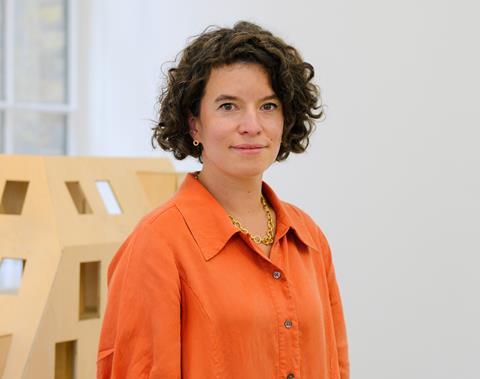
I grew up in Gospel Oak, where I was lucky enough to be surrounded by some of Neave Brown’s most important work, including the Dunboyne Road Estate. There was a different atmosphere walking around his housing.
There was an equity in the way space was shared, with front doors that belonged to people rather than an anonymous corridor, and terraces that offered dignity and an extra space to converse with a neighbour.
Neave Brown was radical because he brought housing back down to the ground plane, which was a deliberate departure from the tower blocks that had dominated post-war Britain. He insisted that social housing should be designed around the lives of the people who live there.
That is why being shortlisted for the RIBA Neave Brown Award for Citizens House means so much to me, my fellow director Kyle Buchanan, and the whole team at Archio. This award is not just about good architecture; it’s about architecture that puts people first.
When we first became involved in Citizens House, it was because of local campaigners like Janet Emmanuel, an assistant headteacher at a nearby school, who began pushing for community-led housing more than ten years ago. The land was gifted by the council to London Community Land Trust (CLT), and together with Lewisham Citizens they set out on a journey to create permanently affordable homes for key workers and local people.
Support from local authorities is essential for these projects to succeed. We saw this with Damien Egan, then mayor of Lewisham, and on similar projects like Greenwich Citizens Housing, championed by Anthony Okereke, now leader of the council.
We were the youngest practice on the longlist of nine for Citizens House, but we turned up with our whole team because we believed so strongly in the project. We installed ourselves in the estate, asked questions, and most importantly we listened.
We were told that we won the commission in the public vote because residents believed that we were taking their thoughts and considerations on board. This would lead to a co-design process that shaped how the buildings were arranged and the creation of shared outdoor spaces that provide a safe route through the estate.
When we submitted the development for planning, we received 107 letters of support and just one objection, which was completely unheard of at the time, but it demonstrates how much people wanted the scheme to go ahead.
Returning to the building for the RIBA judging was a very moving moment. We saw how residents had claimed the shared spaces, with children playing, neighbours talking, and community action happening on the doorstep.
It was a reminder that the real measure of success in housing lies not in the awards it wins, but in the way it enables people to put down roots and foster the growth of a community.
Citizens House shows what is possible even on a small backland site when local people, councils, and architects come together with a shared purpose. But it also highlights how rare these opportunities are – and how much we need to fight for more of them.
Community Land Trust housing is one of the few ways we can guarantee permanently affordable homes that give local people a stake in their neighbourhood. If we want a future where teachers, nurses, carers, and other workers can stay in the communities they serve, we need more land to be gifted, more councils to be bold, and more of us to support these projects from inception to delivery.
The Neave Brown Award reminds us that housing is not just a commodity, it is the foundation of society. If we are serious about tackling the housing crisis, we must put people at the heart of design, fund genuine co-design processes, and champion community-led solutions.
Citizens House is proof that when we do, we don’t just build homes, we build citizens.
Postscript
Mellis Haward is a director at Archio.


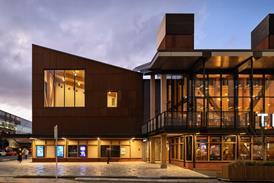
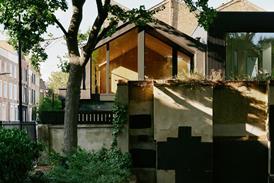
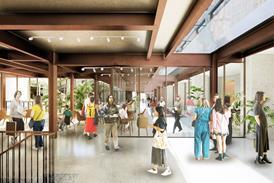
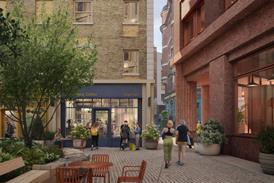


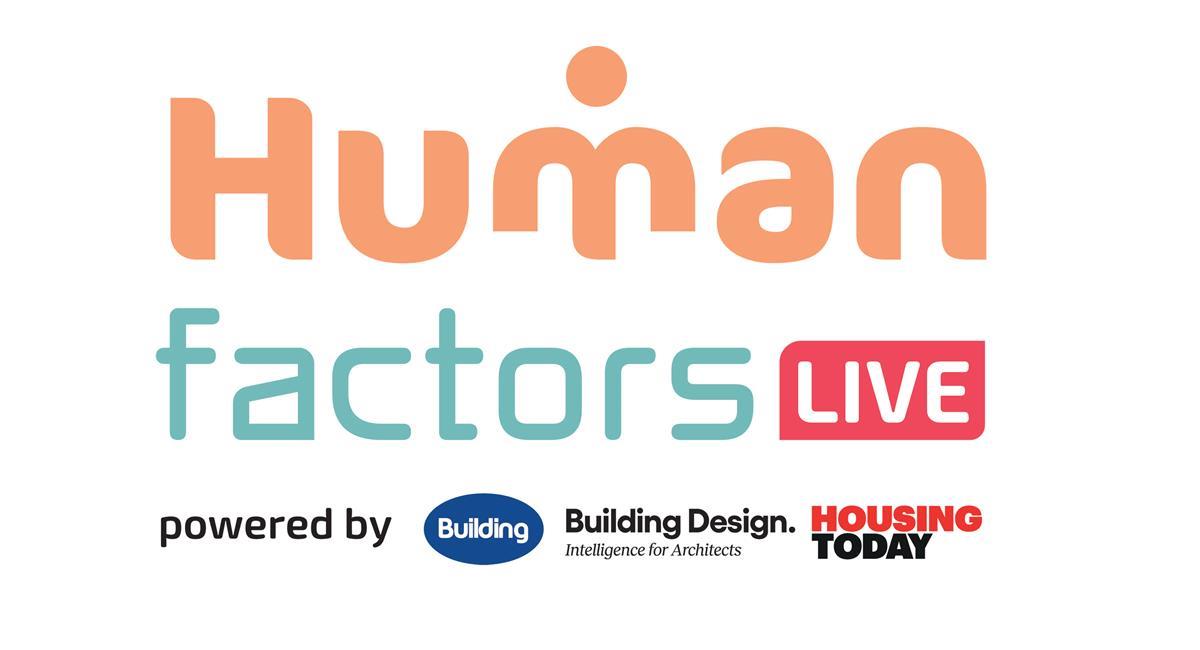
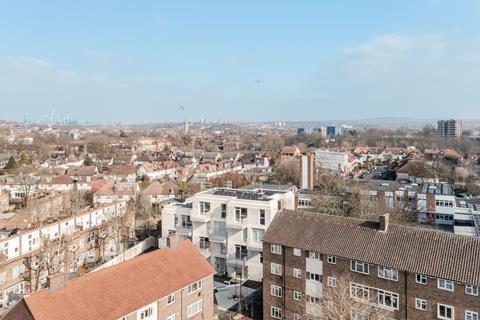
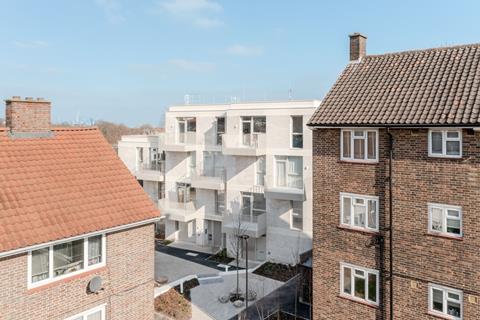
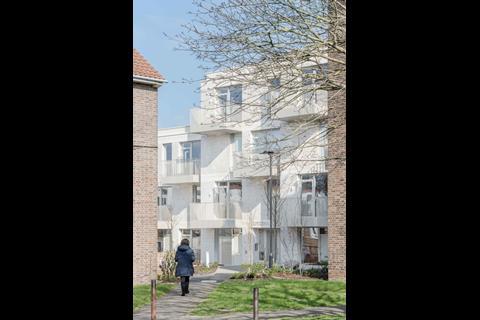
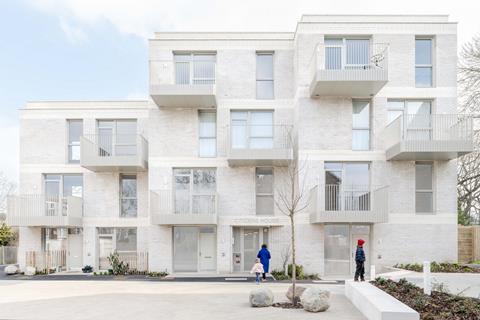
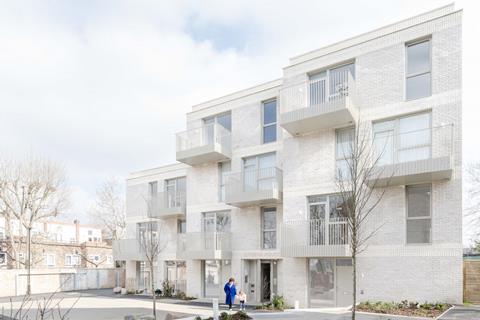
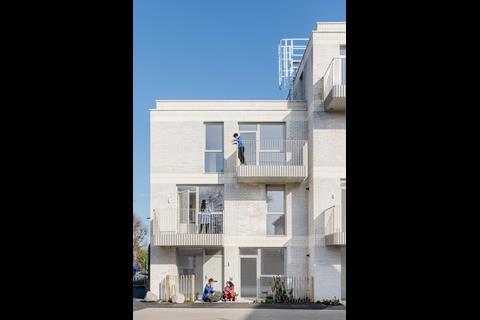
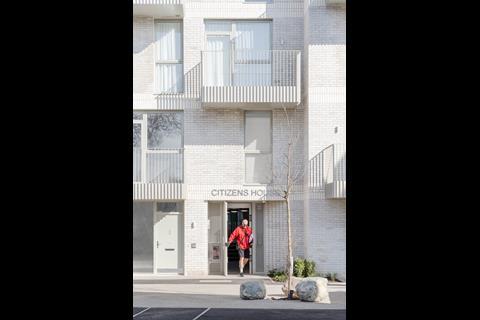
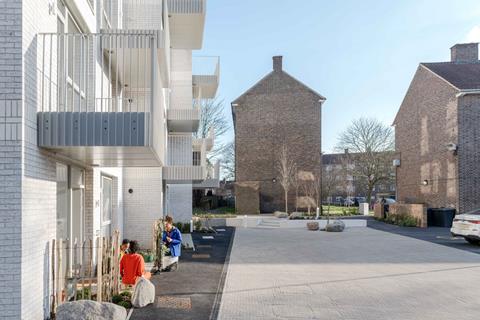
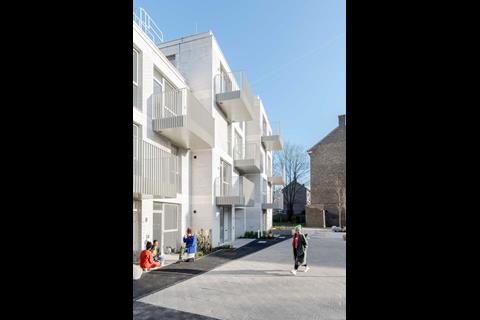
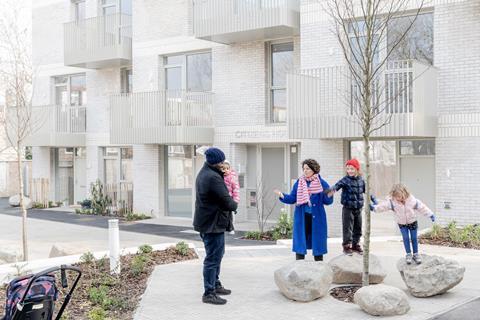
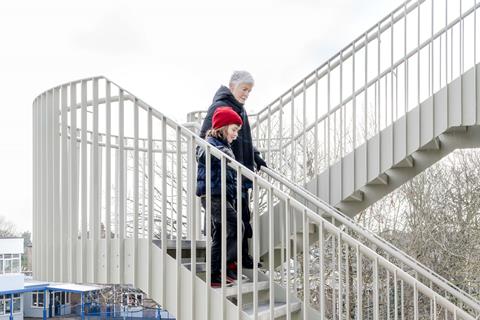
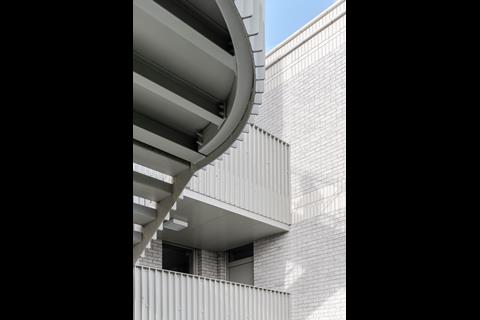
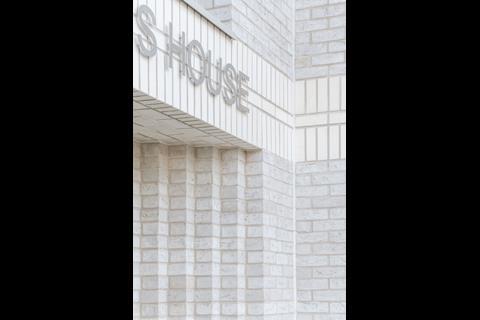
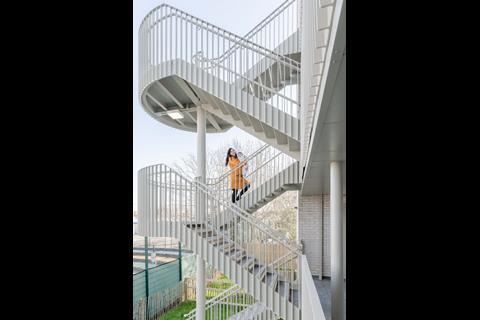
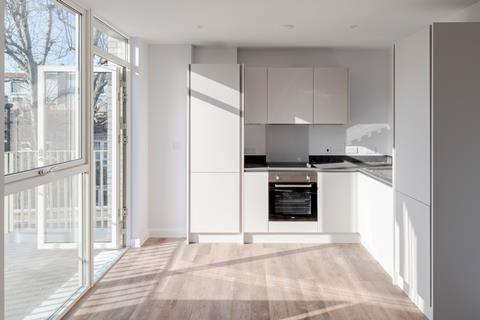







No comments yet